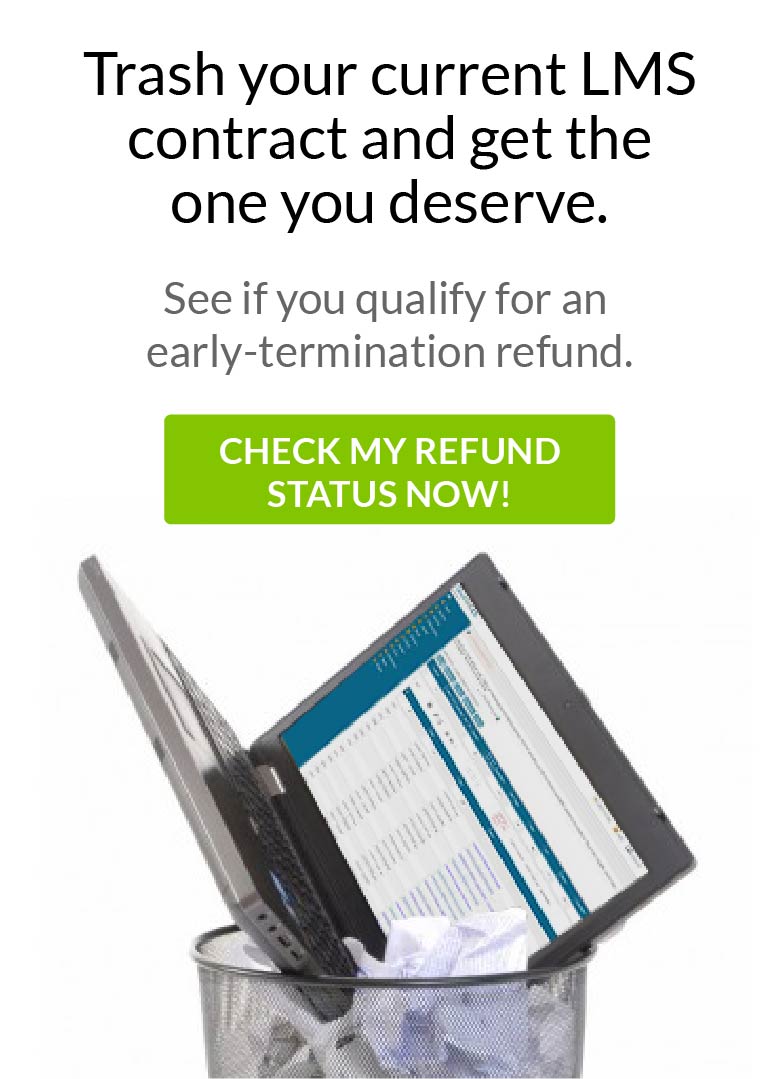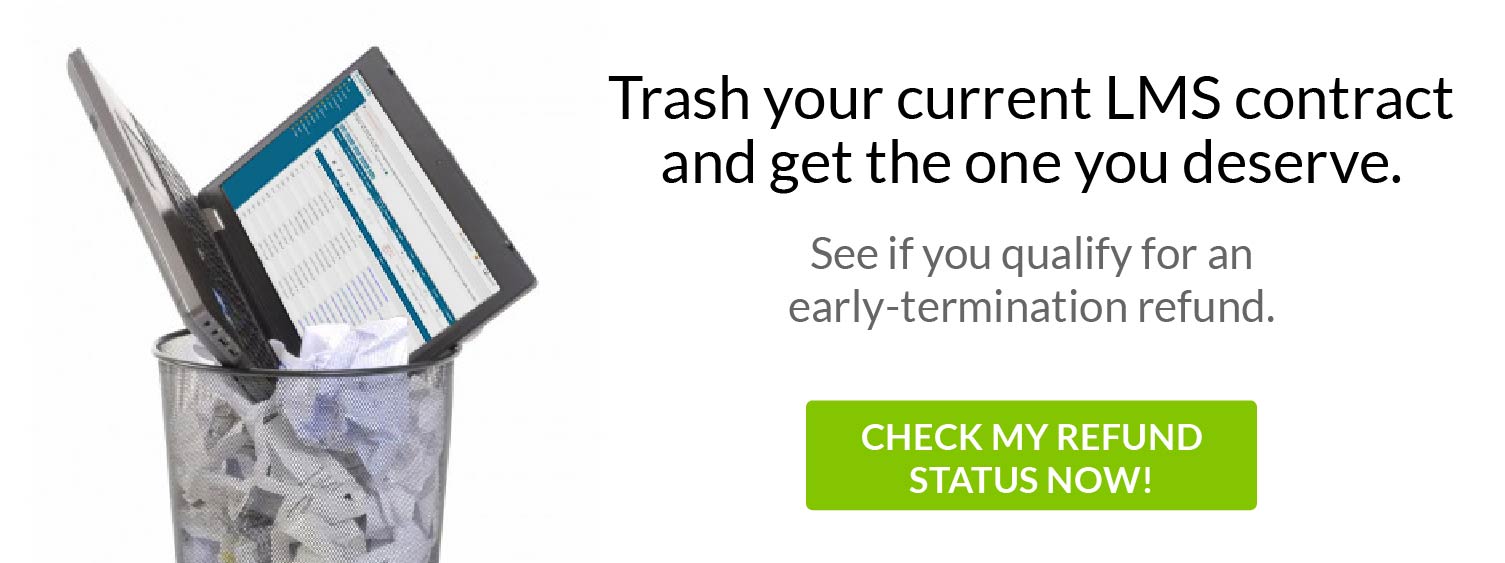Design Activities the Way You Need, Not How LMS Wants
You’ve crafted every element of your CME programming to provide your students with the best possible learning experience. Your understanding of their educational needs is instinctive: from day one you’ve studied how your learners respond to activities content, and you’ve chosen the most effective educational tools to help them reach their goals. That’s why you should have complete control over the design of your activities in your LMS. If you’re not using an enterprise-grade LMS, then you may be facing an uphill battle when it comes to crafting the kinds of activities that your learners need to get the most out of their course.
Activities customization shouldn’t be a struggle.
A generic LMS is usually inflexible in its structure because one-size-fits-all platforms are designed to be feature-poor, requiring users to purchase add-on features.
As a CME director, you need an LMS that is adaptable to the changing needs of your students in every aspect, from providing flexible curriculum components to offering real-time data-driven insights on learner performance. Your effort to meet the educational gaps that your learners experience can quickly fail when hemmed in by an LMS design that offers minimal features and few opportunities for customization. Without the ability to apply meaningful customizations to an existing LMS structure, CME directors waste time and organization resources attempting to create their own user experience and content solutions to make up for platform failings.
If you’re wrestling with the idea of leaving your current LMS, here are some points to consider:
Curriculum flexibility is essential for improving overall learner outcomes. Many leading educational researchers believe that the ability to customize learning experiences—in content and presentation—is critical to the consistent improvement of learner knowledge retention.
A generic LMS has limited value for the CME director: students suffer from cookie cutter learning experiences and can become disengaged with the material. This ultimately impacts educational outcomes, causing poor learner assessment performance and course completion rates.
Productivity suffers across the organization when CME directors must spend time compensating for missing LMS features. With an enterprise-grade LMS, your team won’t have to go without your leadership on key program issues because you’re busy developing methods of adding needed components to your LMS without committing to a costly redesign.
So what does an activity created on an enterprise-grade LMS look like?
Here are just a few hallmarks:
Multimedia components are plug-and-play
With a scalable LMS platform, you will be able to quickly add content to your activities in response to new data on the educational needs of your students. For example, you may choose to give students who receive a poor score on a learning assessment to have access to customized enrichment videos from within the activity. Or perhaps you may provide in-activity automated feedback for incorrect answers to a series of questions within a written text. With an advanced LMS, you can create a curriculum that doesn’t require a rewrite when you discover that you need to add a podcast, an interactive graphic, video, or even a webinar to enhance your students’ learning experience.
Learner performance data are mapped to specific core knowledge areas.
Since historical and real-time learner performance data is easily accessible with an enterprise LMS, specific competency areas where students require educational intervention are simple to identify and address with new content. This not only allows you to development of an evidence-based curriculum without completing a lengthy manual LMS user study but it also permits you to monitor changes in learner competency as you add or update content.
The structure of the activity is based on learner experience design best practices.
If you are using an LMS platform that is designed to scale, then the building blocks of every activity will conform to learning experience (LX) design best practices. Learning experience design is a field that is focused on developing educational activities that optimize opportunities to enhance knowledge retention through user experience. LMS platform ease-of-use is a critical part of successful LX design: the right platform will provide activities components that can be navigated seamlessly and updated on the fly when a user experience issue arises.
The activities content development process is efficient and modern.
Storyboarding
Your LMS will provide storyboarding templates that you can use to design content for every point along your course’s timeline.
Development tools
You will be able to import content created with Articulate, Captivate, Lectora. Presenter, Raptivity, Storyboard, Udutu, and other development tools easily.
SCORM
Activities content authored in the LMS should be compliant with the SCORM standard, ensuring that it can play in any LMS.
If you are attempting to design your activities without the features of an advanced LMS, then you may find yourself spending considerable time trying to knit together disparate educational resources and fit them into a coherent course flow. That means you might spend hours just to redesign a quiz and add an instructional video. As your program expands, so will your “web design” workload, as the need for new updates to course material grows.
The easiest way to get control over your activities design is to take back the reins of your LMS.
You belong at the helm of your LMS—with complete control over the presentation and content of your activities. We make it easy to design activities, offering one-click customization of content and easy interoperability with leading graphics and content design programs such as the Adobe Creative Suite.
Need a little help in designing your activities? We offer instructional design services as well.
As CME director you need a complete CME management solution, not an LMS starter package.
EthosCE offers a scalable enterprise solution for CME directors, covering everything from advanced data analytics to the professional tools that you need to successfully design activities. With a comprehensive CME management service, you won’t have to struggle to scale as your program increases in size and your learners’ needs diversify.
Each year, more medical professionals are seeking online CME programming. With more than 1 million hours of CME activities available across the country, your program must offer innovative educational experiences to remain competitive. Your ability to design activities that are unique and laser-focused on your learners’ educational needs is key to your success.
At EthosCE we believe that you already know what your learners want: you need a development toolkit, not limits. Our platform is flexible and intuitive, empowering you to provide your students with the content that they need to meet and exceed their educational goals.
Connect with us for a demo to see how easy it is to transform your LMS from a project to a partner in your success.
 We're now part of the Cadmium product suite! Learn more
We're now part of the Cadmium product suite! Learn more 

